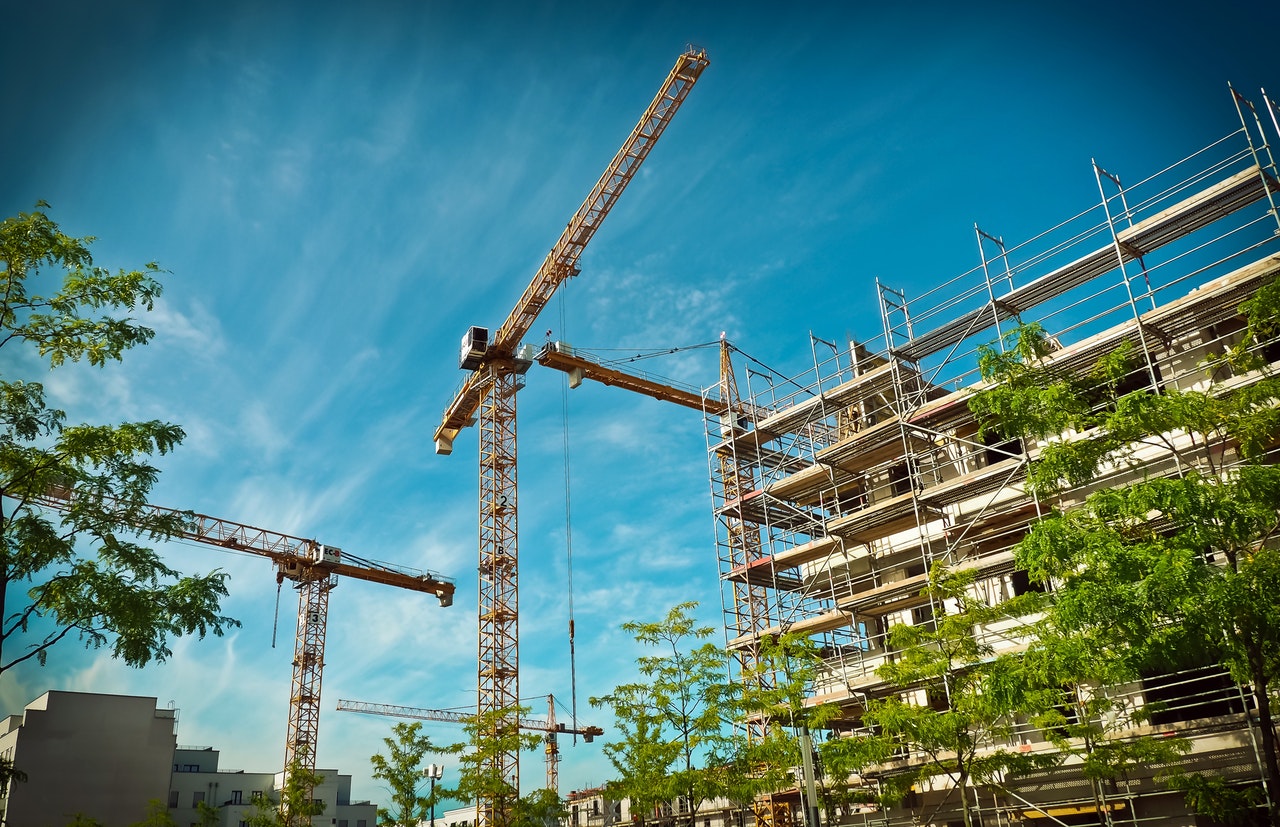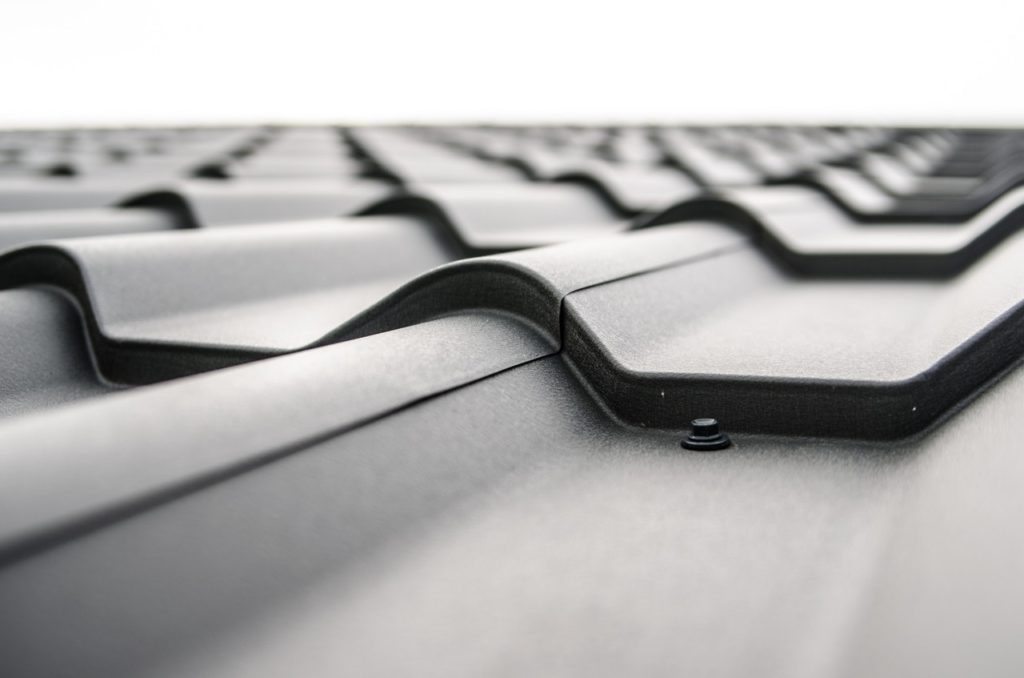
Green Construction Technology
The construction sector of today is influenced by technology more than ever before, and many concepts that were once found only in sci-fi books are slowly becoming a part of the mainstream building industry. Additionally, green construction and eco-friendly materials are finding their way into construction because of the damage that has been done to the environment. So, what happens when high-tech collides with the green movement? Here are some of the most prominent green construction technology trends for 2018.
Cool roofs
Cool roofs are roofs designed to reflect solar energy and decrease the temperature caused by the sun’s heat. These roofs can reflect rays (much more than an average roof) and prevent energy loss through the top of the building. This ability to reflect heat and trap cool air inside reduces the need for air conditioning and the emission of pollution caused by these devices.
Smart glass
Windows make great use of passive solar energy when they let the sun’s warm beams into the building interior. But, that same process can pose a great problem during the hot summer months when people are trying to keep the solar radiation outside. Luckily, the electrochromic or smart glass allows people to choose the amount of solar energy it reflects. This technological advancement has a great future in skyscraper building where all the windows can tint during the hottest part of the day and return to normal in the evening, causing a more constant interior temperature and decreasing the need for air conditioning.
Green insulation
Since insulation is usually invisible to the users of the building, it doesn’t have to be aesthetically pleasing. That’s why recycled materials are a great choice for building insulation. For instance, cotton insulation is composed of recycled denim scraps, while recycled paper insulation uses old newspaper. These materials that would otherwise be considered junk now have a practical and eco-friendly use in building.
Advanced building materials
The development of construction materials has been stagnant for so long, but today it’s actually one of the most quickly advancing fields. Thanks to new tech that is starting to change the construction sector, future research and advancements can be expected.
The field of building framing has long been dominated by wood that is not very sustainable, at least not at the pace that we use it. But, today, one of the most interesting alternatives are steel wall framing techniques that are much more eco-friendly and provide better protection from rotting, termites, warping, twisting or shrinking than wood. This way of framing is perfect for smaller projects like housing, schools, training facilities and hospitality.
Some other innovations that are still not widely available and used, but are starting to emerge on the radar, are Kinetic paving that uses the energy from footsteps to generate power, smog-eating buildings that are coated in photocatalytic titanium dioxide that neutralize air pollution, and self-healing concrete that “heals” the cracks in the concrete using calcite-precipitating bacteria.
Drones
Unmanned aerial vehicles, otherwise known as drones, have huge potential in many fields, but they are predicted to play a significant role in construction. Their use can best be seen in safety inspection, progress report and site monitoring, because of their ability to scan large areas in little time and collect accurate data without putting any of the surveyors in danger. And most drones are powered by batteries instead of fuel, which means they have a very small carbon footprint.
Zero-energy homes
An extreme example of eco-friendly construction and design are zero-energy buildings. They manage to operate completely off the grid, thanks to their ability to provide enough power using only renewable energy. They require zero energy from outside sources, but also produce zero carbon! Extreme insulation, excellent use of passive solar design and the use of solar panels, wind collectors and biofuels for heating make these buildings very energy-efficient and eco-friendly. The only downside of these homes today is that they are most effective in small communities where several of these buildings can use one renewable energy source, but this technology and design still have a long way to go.
Some of these construction techniques and advancements have experienced a huge increase and show no signs of stopping (drone industry alone is predicted to reach the worldwide market value of $10 billion in 10 years). So, people all over the world should keep an eye on green construction technologies and not hesitate to invest in these emerging building trends.

